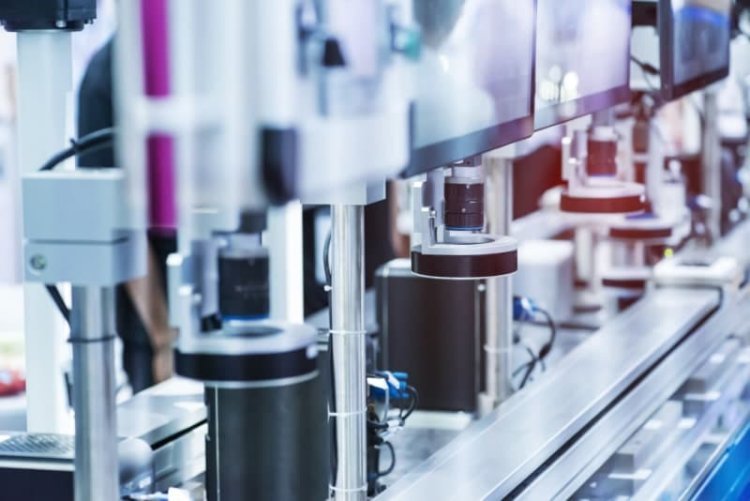Precision in Manufacturing: A Guide to Assembly Fixtures
assembly fixtures

In the world of manufacturing, assembly fixtures play a crucial role in ensuring precision, efficiency, and repeatability in production. These fixtures are indispensable tools used to secure components during assembly, allowing for consistent output and higher product quality. In this blog, we explore the concept of assembly fixtures, their design principles, and the various types available, shedding light on how companies like Expert Technologies Group utilise them to enhance manufacturing processes.
What Are Assembly Fixtures?
An assembly fixture is a specialised tool used in manufacturing to hold, align, and support parts during assembly operations. These fixtures are essential for maintaining component alignment and minimising variability, especially in high-volume production environments. Whether in the automotive, electronics, or aerospace sectors, the right fixture ensures that production remains seamless, even as complexity grows.
Assembly Fixture Design: Key Considerations
Effective assembly fixture design is pivotal to meeting production goals. A well-designed fixture must account for several factors to achieve optimum performance:
- Material Selection: The choice of material affects the fixture’s durability and wear resistance. Steel and aluminium are commonly used due to their robustness.
- Ease of Use: Fixtures should be designed for quick setup and removal to minimise downtime during assembly.
- Adaptability: In industries with frequent product changes, adjustable or modular fixtures are ideal.
- Ergonomics: A good fixture should facilitate easy access for operators, reducing fatigue and improving productivity.
- Precision Requirements: Fixtures must align parts accurately to maintain the dimensional integrity of the finished product.
Expert Technologies Group excels in the development of customised fixtures tailored to the specific needs of clients, helping them streamline operations and reduce waste.
Types of Assembly Fixtures
Several types of assembly fixtures are used across industries, depending on the nature of the assembly process and the components involved. Here are some common examples:
1. Manual Assembly Fixtures
These fixtures rely on operator control for part placement and alignment. They are ideal for low-volume production or prototypes.
2. Automatic Assembly Fixtures
Designed for high-volume manufacturing, these fixtures integrate with automated machinery for precise and rapid assembly. They reduce human error and improve production rates.
3. Modular Assembly Fixtures
Modular fixtures are highly adaptable, allowing operators to modify their configuration for different products. These are particularly useful in industries with short product lifecycles.
4. Welding Fixtures
Welding fixtures hold components in place to ensure alignment during the welding process. They are essential in automotive and construction industries where structural integrity is critical.
5. Checking Fixtures
These are used for quality control purposes to verify that assembled parts meet design specifications. They play a vital role in maintaining consistency throughout production.
Why Assembly Fixtures Are Critical in Modern Manufacturing
Fixtures are integral to maintaining precision, reducing assembly time, and enhancing product quality. They allow manufacturers to meet stringent industry standards while keeping production costs in check. For example, a poorly aligned component in an automotive assembly line can lead to costly rework and even safety issues down the line.
By adopting advanced fixture solutions, companies like Expert Technologies Group help manufacturers stay competitive by optimising processes and minimising errors.
How Expert Technologies Group Leads in Fixture Innovation
Expert Technologies Group is at the forefront of assembly fixture design. Their expertise spans multiple industries, offering solutions that are both efficient and tailored to the unique requirements of each client. Whether it’s developing custom types of assembly fixtures or providing modular solutions, their focus on innovation and quality ensures that clients achieve operational excellence.
Conclusion
In summary, assembly fixtures are essential tools for modern manufacturing, ensuring that complex assembly processes run smoothly and efficiently. From manual to automatic fixtures, each type serves a specific purpose in enhancing production accuracy and speed. With a strong foundation in assembly fixture design, companies like Expert Technologies Group are leading the way in providing innovative solutions tailored to industry demands.
If you are looking to optimise your production processes, explore the possibilities with Expert Technologies Group. Their expertise in assembly fixtures can help you enhance efficiency, reduce errors, and maintain the highest quality standards.
What's Your Reaction?















